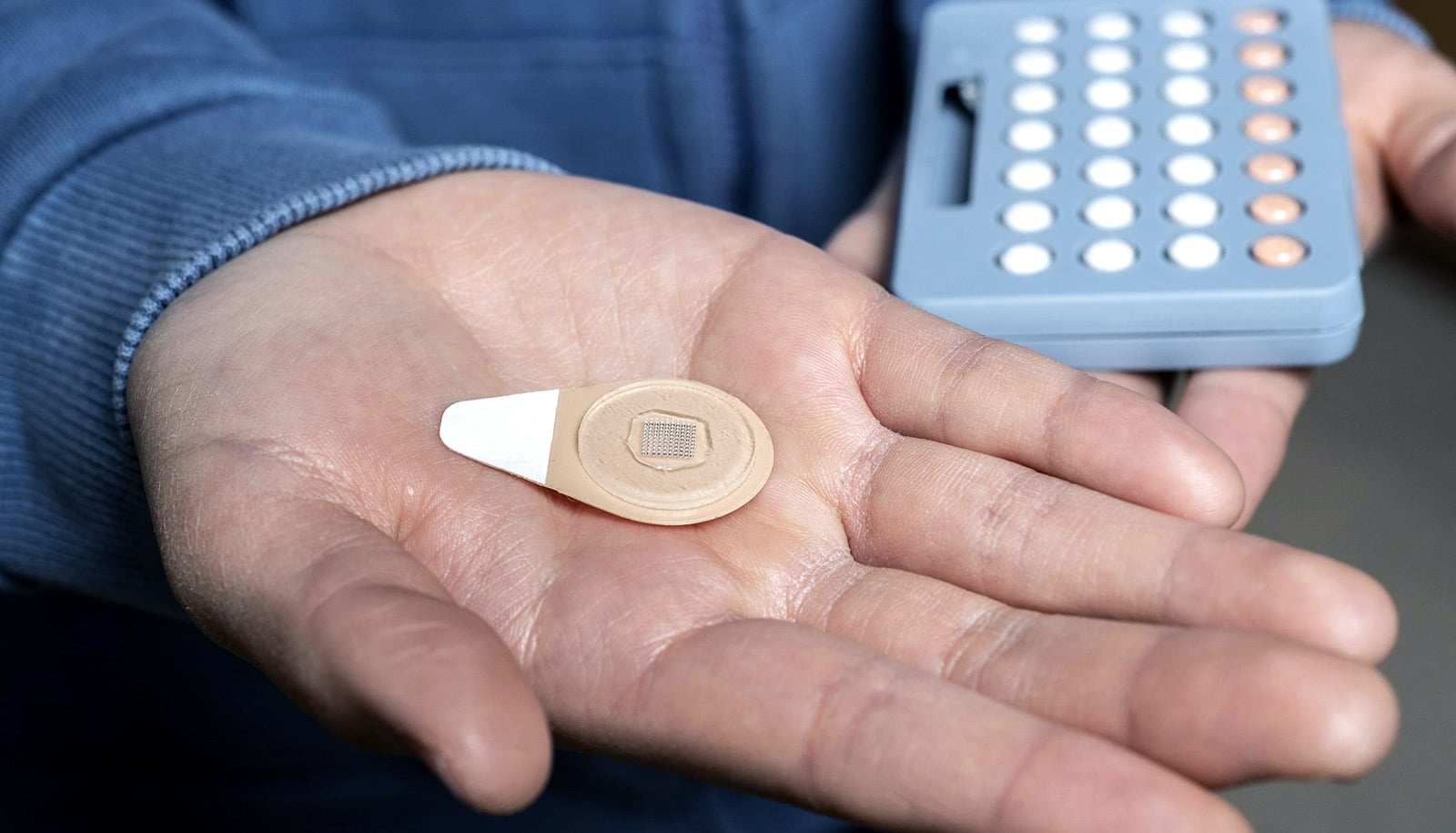“Killer immune cells” can actually fight all strains of the influenza virus, report researchers. The finding could potentially lead to a universal, one-shot flu vaccine.
In the battle against the flu, these killer immune cells are like the body’s border control.
The white blood cells remember previous exposure to a flu strain and if they recognize an invader, they start an immune response to target and kill off the virus—stopping the infection.
But the three types of influenza virus that can infect humans—strains A, B, and C are problematic. They circulate in the human population globally, and mutate every flu season.
The virus is smart. It mutates in order to hide from our immune system, which means every year we have to have an annual flu vaccination against these new strains. These mutations can also occur when the virus transmits between humans and animal hosts, like birds.
Strain A is usually associated with flu pandemics, while both A and B are associated with annual influenza epidemics. The less common strain C can be responsible for severe illness in children.
Outbreak in China
Despite hopes that scientists could use the “memories” of killer cells (formally known as CD8+T cells) to create a vaccine that would last for life, previous studies have shown that these cells could only mount a repeated attack against strain A.
“Our team has been fascinated by the killer cells for a long time,” says Katherine Kedzierska, a professor at the Peter Doherty Institute for Infection and Immunity at the University of Melbourne and lead author of the paper in Nature Immunology.
Working with scientists at Fudan University in China, researchers studied the immune responses of patients to the first outbreak of the avian-derived H7N9 influenza virus (bird flu) in China in 2013. The outbreak directly contracted from birds and the type A virus dominated it. More than 90 percent of infected people went to the hospital and 35 percent of those people died.
Researchers discovered that patients who recovered within two to three weeks had robust killer CD8+T cell responses. Those who died had a diminished presence of them.
“So our next step was to discover how their protective mechanism worked, and if it had potential for a flu vaccine,” Kedzierska says.
Best target?
A protein coat that covers its genetic code in its core composes the flu virus. The team analyzed which parts of the flu virus commonly showed up in strains A, B, and C in order to find out which would be the best target for a universal vaccine.
When infected, our cells dissect the flu virus and use a protein called HLA to present parts of the virus (peptides) on the cell surface, alerting the immune system that it’s been compromised.
This HLA and viral peptide combination act as a passport or a unique identifier, known as an epitope. Killer cells recognize it, triggering them to kill off the infected cell.
So researchers focused on which epitopes were common in all three flu strains.
“Our first experiments were like finding a needle in a haystack,” says PhD candidate Marios Koutsakos. “We started with 67,000 viral sequences to look for epitopes common among all the flu viruses.
Common parts
Scientists eventually narrowed down these tens of thousands to three cross-reactive epitopes—that is they are common to all flu viruses.
“We identified the parts of the virus that are shared across all flu strains, and sub-strains capable of infecting humans,” Koutsakos says.
The researchers used mass spectrometry for the work. “We determined the structure and chemical properties of different parts of the virus that had not changed in 100 years,” he says.
The researchers found the flu virus epitopes in blood samples taken from healthy humans, and influenza-infected adults and children. They then used the peptides responsible for activating the killer cells to conduct vaccination tests on mice.
“Our vaccination test studies revealed remarkably reduced levels of flu virus and inflammation in the airways in animal models,” Koutsakos says. “These results show that killer T cells provide unprecedented immunity across all flu viruses, a key component of a potential universal vaccine.”
The team has a patent on the discoveries, which means they can develop a universal influenza vaccine approach to reduce the impact of pandemic and seasonal influenza around the world.
Additional researchers are from the University of Melbourne; Monash University; the WHO Collaborating Centre for Reference and Research on Influenza; the Royal Melbourne Hospital; St Jude Children’s Research Hospital; Seqirus; Université Paris-Saclay Cachan; Federation University; St Vincent’s Institute; The Alfred Hospital; the Royal Melbourne Hospital; University of New South Wales; the University of Sydney; and Garvan Institute.
Source: University of Melbourne



